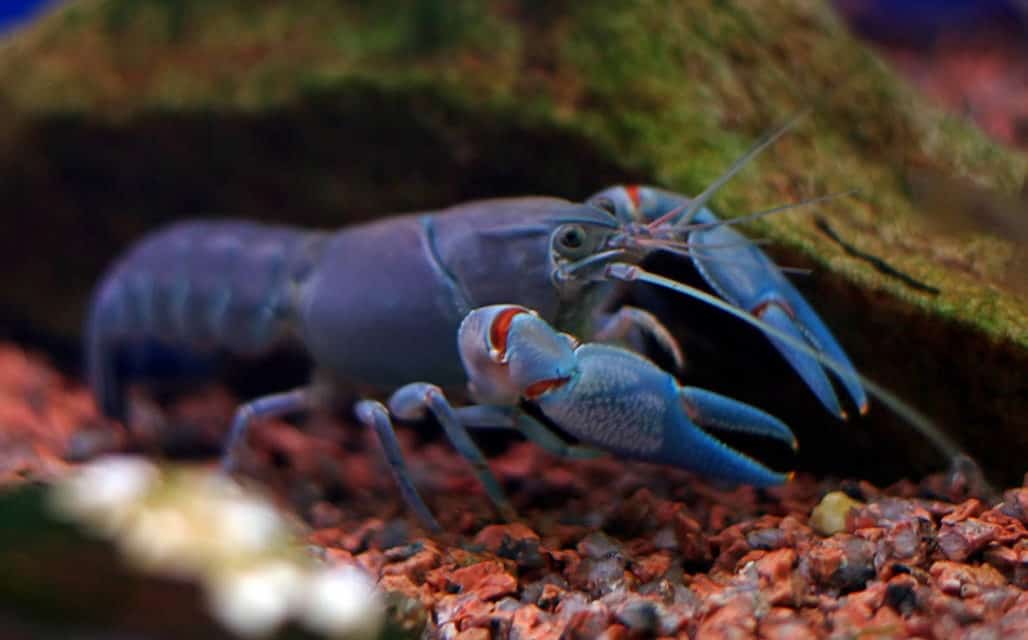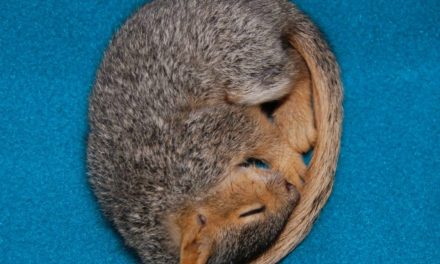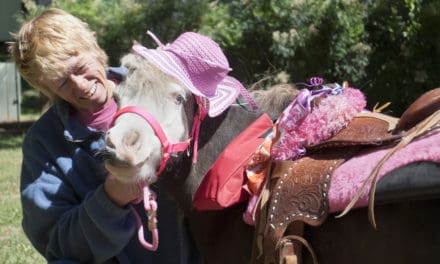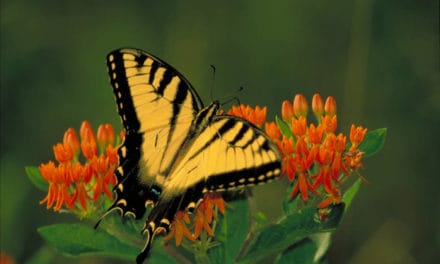By Melissa Wynn
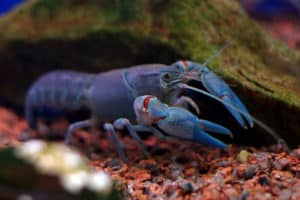
One of my fond memories of childhood is catching crawdads, or crayfish as they are sometimes called, in the streams and lakes where my daddy would take us fishing. Sometimes we would set traps at night if we were planning a crawdad boil, but mostly we just moved rocks and caught them by hand.
Crawdads normally live about two years, so reproduction is top of the list of things to do. The quickly carousing crawdad becomes sexually mature and mates during the first fall after it’s born, but fertilization and egg laying usually occur the following spring. Between ten and eight hundred fertilized eggs are attached to the female on the underside of her jointed abdomen. The egg-carrying female is said to be “in berry,” because her clutch of eggs looks something like a bubbly blackberry, dark in color at first, but becoming translucent as they mature. Females are often seen “in berry” during May or June so have a look if you can catch one. The eggs hatch in two to twenty weeks, depending on water temperature. The new baby crawdads stay attached to their mother until shortly after their second molt. Molting is the shedding of the hard outer shell which the crawdad does throughout its life to accommodate growth. The old shell splits and the bigger crawdad simply walks out of it, leaving his home behind. The new shell is a bit soft the first few days after molting and the crawdad is most vulnerable to predators during this time.
Crawdad color ranges from dull grayish brown to bright blue but all crawdads turn red when cooked like their lobster cousins. Crawdads are closely related to the lobster and look very much like a miniature version. Like the lobster crawdad heads have two pairs of antennae and the eyes are out of the head on movable stalks. The legs, or pereiopods, include four pairs of walking legs which, as well as walking, are to probe cracks and crevices between rocks looking for food. Crawdads also own one pair of claw bearing chelipeds, which it extends in front of its body while moving. These strong pincers are specialized for cutting, capturing food and fighting it out with other crawdads. They are also handy for giving curious kids a good pinch to be set free. Crawdads also has several pairs of specialized food handling “legs,” balers to cycle water over the gills, and five pairs of swimmerets on the under belly. All of these “legs” will grow back or regenerate if broken off. How cool is that?
These crazy crustaceans of the creek are most active at night when they come out of hiding to feed on snails, worms, salmon eggs, incest larvae and dead fish. Most crawdads seen during the day are young and smaller than the big ones seen after dusk. Next time you are out fishing move a few rocks, catch a crawdad and check it out. Crazy crayfish are actually quite interesting.
info from mackers.com
photo from bigstockphoto.com

